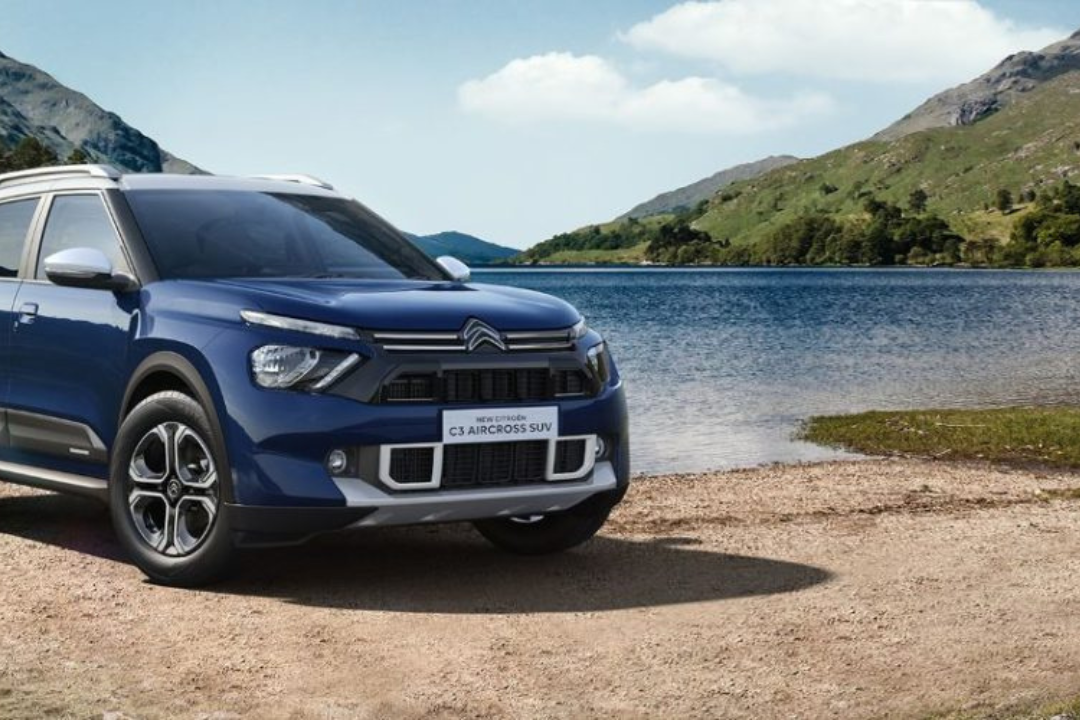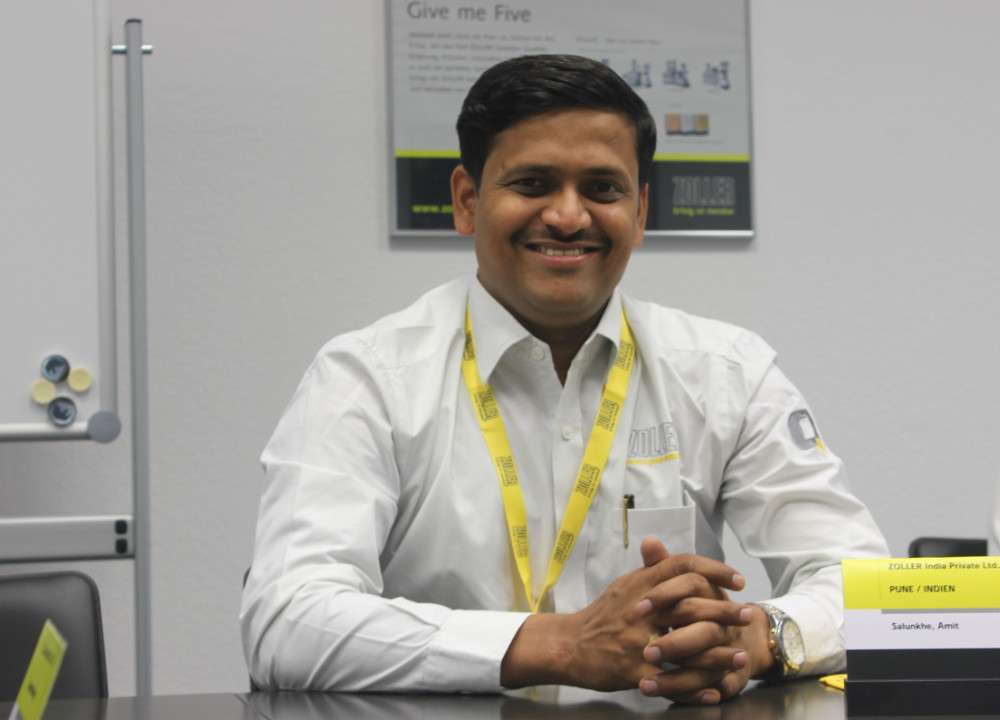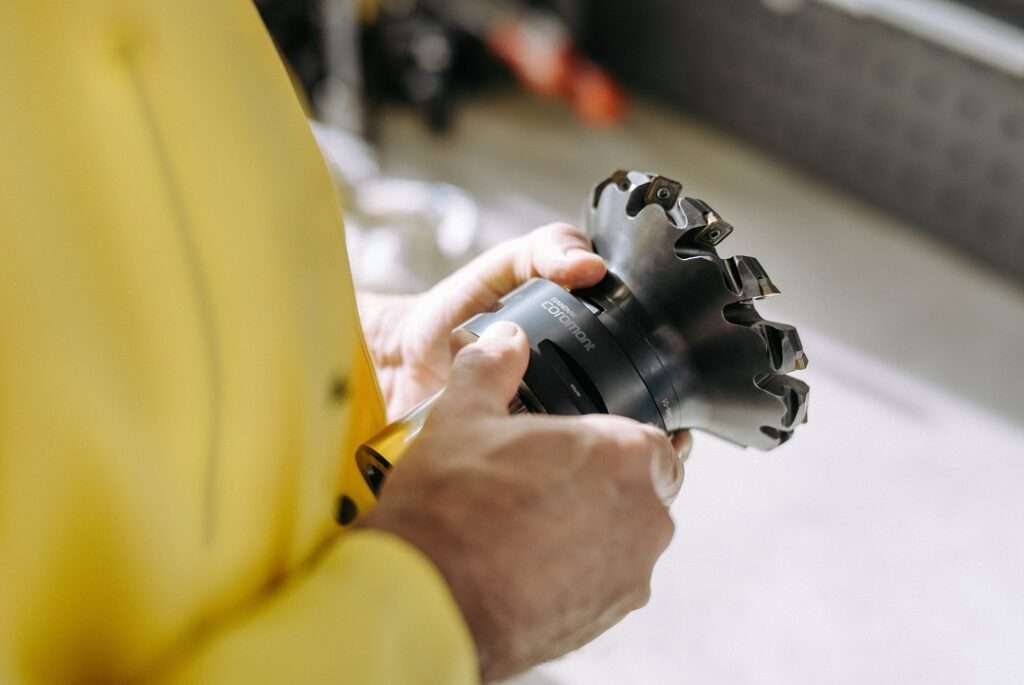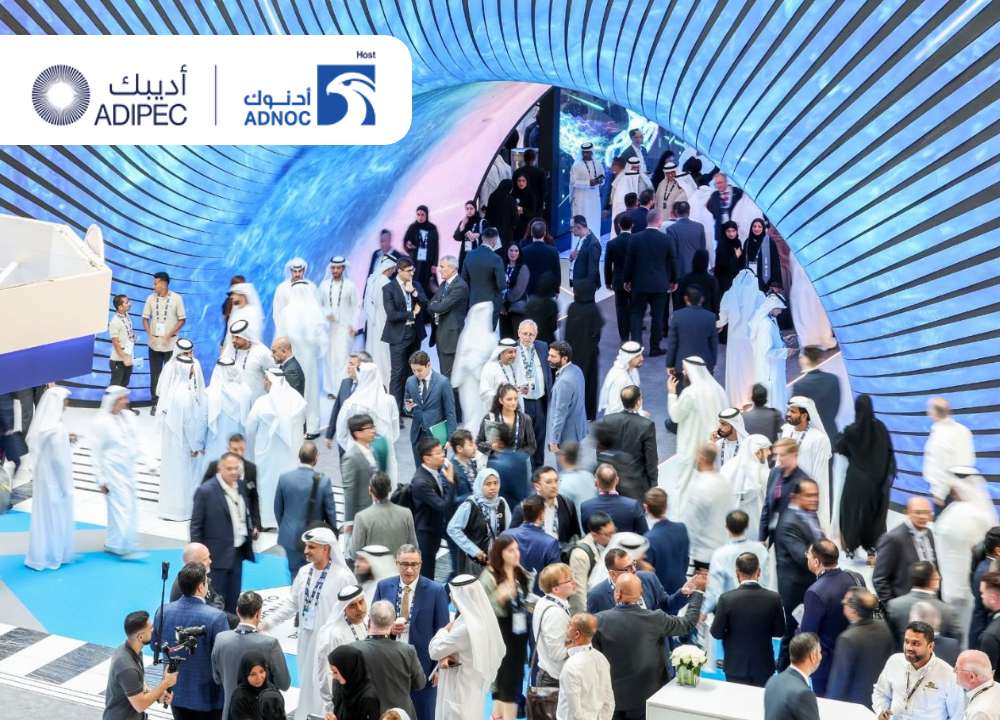The Stellantis Group is ramping up its presence in India, with plans to significantly increase its parts exports from the country. As the company expands its product offerings and Citroën’s network, India has become a key sourcing hub for the European automotive giant. Over the next two years, Stellantis expects its parts exports from India to more than triple, reaching approximately ₹10,000 crore.
Stellantis, headquartered in the Netherlands, currently sells vehicles under the Jeep and Citroën brands in India. The company is gearing up to introduce the all-new SUV Coupé Basalt, Citroën’s fifth product in the Indian market.
Despite a recent dip in Citroën’s sales in India, the company is implementing strategies to revive its performance. “We are taking two key steps to boost volumes. First, we are expanding our product line-up with an SUV that we believe will be disruptive and create a new segment of buyers. The Basalt is expected to drive significant volumes for us,” said Shailesh Hazela, Managing Director and CEO of Stellantis India, during the Basalt’s unveiling in Goa.
Hazela also mentioned that the company is enhancing product features to make them more competitive, which should help increase sales volumes in the future.
The Basalt will join Citroën’s existing models in India, including the C3 and C3 Aircross. While the C3 targets the sub-compact segment and the C3 Aircross serves the compact segment, the new SUV coupé aims to establish a unique position within the compact SUV market, expanding Citroën’s reach to a broader audience, according to Shishir Mishra, Brand Director of Citroën India.
To further strengthen its market presence, Citroën plans to expand its network beyond tier-I and tier-II cities. The number of sales and service outlets is expected to grow to 200 by the end of 2024, up from about 85 at the time of the Basalt’s launch.
Citroën will continue its strategy of launching one new product annually in India. The upcoming Basalt SUV will be produced on the company’s new India-built C-Cubed vehicle platform, which also caters to both Indian and South American markets.
In addition to serving the domestic market, Stellantis’ Indian operations are a crucial part of the company’s global supply chain. “Indian suppliers for Jeep and Citroën vehicles also contribute significantly to Stellantis Group’s other vehicle programmes, including Maserati. In two years, we expect parts exports from India to exceed ₹10,000 crore, up from the current level of around ₹3,000 crore,” Hazela noted. This figure excludes exports of cars, engines, and transmissions. The surge in parts exports is driven by new business opportunities awarded to Indian suppliers, with around 60-70 of the group’s 250 suppliers now qualified to supply for global vehicle programmes.
Stellantis manufactures approximately 200,000 engines at its Hosur facility, which are exported to Europe. Additionally, the company produces around 350,000 transmissions, including 5-speed and 6-speed manual versions, with the majority also being shipped to Europe.







